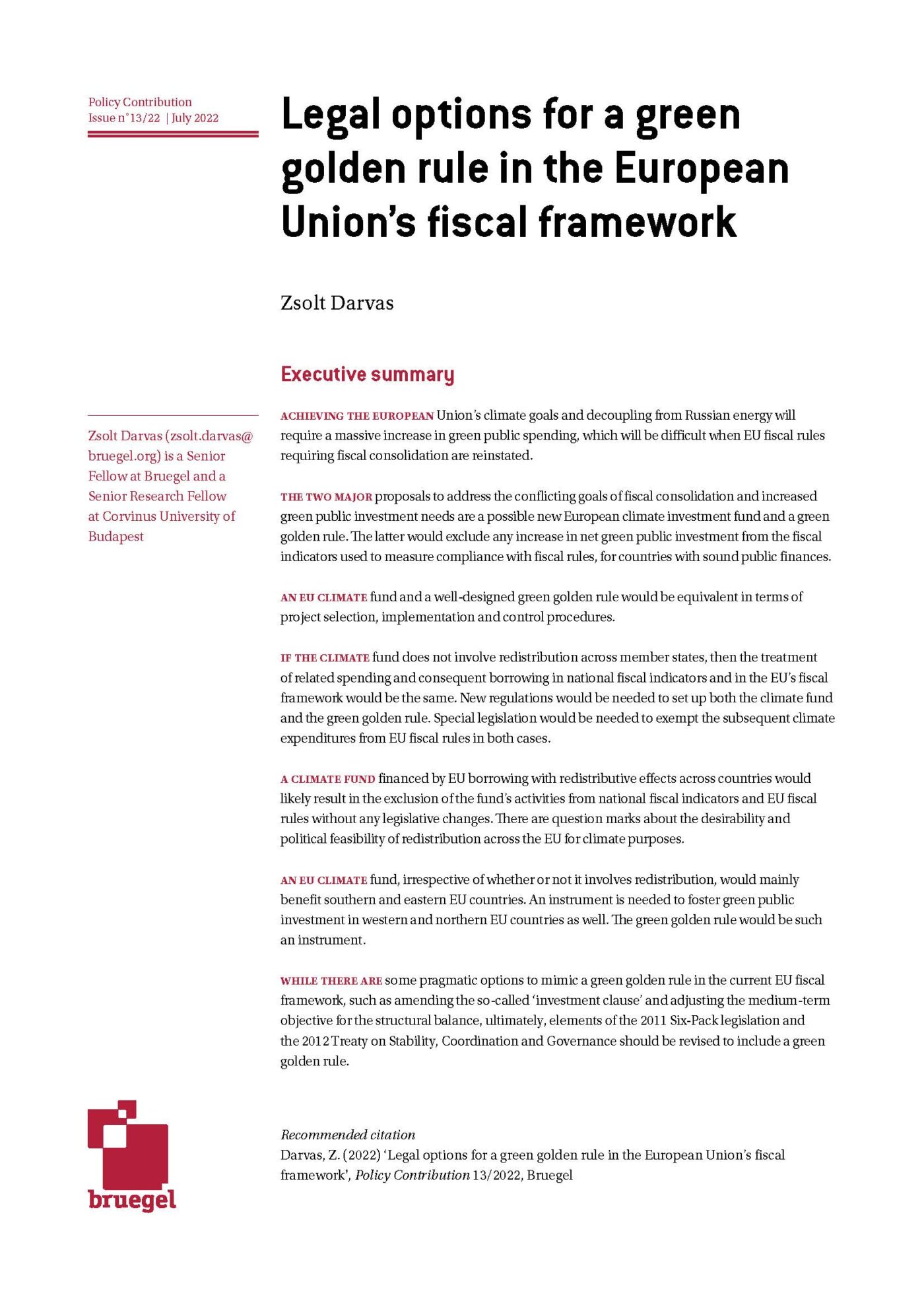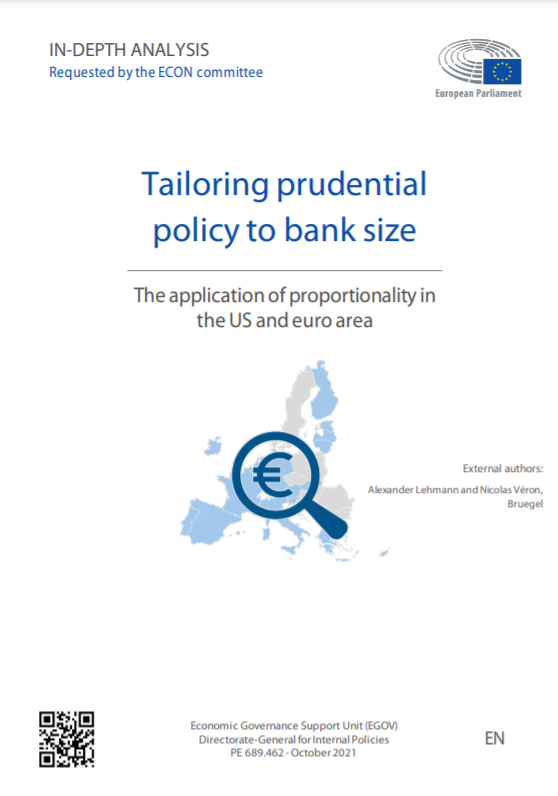Blog Post
Employment in Europe and the US: the EU’s remarkable strength
The common narrative that the US labour market outperforms the EU is not as trustworthy as overall unemployment figures imply. There is a complex interaction between job creation, labour force participation and unemployment. Jobseekers leaving the labour market altogether was an important factor behind the reduction in US unemployment, while Europe’s job growth has been accompanied by increased labour force participation.
The global financial crash had a lasting impact in Europe. Most EU countries faced long recessions and labour market weakness after 2008. In contrast, recovery in the US economy and job market started much earlier. Much has been said about the reasons for this discrepancy between the two regions, and in our view some of the pain of post-2008 Europe could have been avoided.
However, beyond the doom and gloom, comparing the EU and US is a not as simple as it seems. And the balance is not monolithically favourable to the US. In fact, it is worth emphasising a few bits of good news regarding EU labour markets:
- Before the crisis, the rate of job creation was faster in the EU than in the United States;
- In recent years, the rate of job creation in the EU was the same as in the US;
- While labour force participation has been falling in the US, it has increased in Europe.
Job creation: is the US a clear champion?
There is a wide assumption that the US economy is more effective than Europe at creating jobs, which should be reflected in a more rapid increase in total employment. However, as we see in Figure 1, the EU was actually creating jobs faster than the US in the years before the crisis. From 2000Q1 to 2008Q1, the number of jobs in the EU expanded by 10%, but only by 6% in the United States. Note that this chart compares each region to its own level of employment in 2008Q1; it does not display the percentage employment rate.
When the global financial crisis hit, US employment fell faster and to a larger extent than European employment. Within two years over 5% of US jobs disappeared, versus 3% in the EU – partly because the US has a more flexible labour market. But, thanks to a more effective policy response to the crisis, US output started to recover already in the second half of 2009. This was followed by renewed job creation since early 2010, with employment regaining its 2008Q1 level by the end of 2014.
In contrast, the EU’s employment crisis was less deep but lasted much longer. A broad-based recovery started only after 2013, when the euro crisis was finally contained. However, since then, job creation has been picking up and total employment is now back at pre-crisis levels. On average, the rate of job growth is now the same in the EU and the US: 2.7% in total in the past two years. Even Greece, a hard-hit euro-area country, is seeing a broad-based labour market recovery, as we highlighted in this earlier post.
The OECD reports data for 22 EU countries but not for the EU as a whole. We calculated the EU22 aggregate data using country-specific data. Source: https://data.oecd.org/youthinac/youth-not-in-employment-education-or-training-neet.htm
Beyond the general positive trend of job creation, youth inactivity remains a problem. But this is true on both sides of the Atlantic. The share of young people not in employment, education or training (NEETs) in the 15-29 age cohort group was at 15.3% in the EU and 14.1% in the US in 2017Q1, according to OECD data[1]. These are high rates, even if both fell from 17% at the crisis peak. Youth inactivity can have lasting negative effects, as skills are undermined for a worker’s whole lifetime, with knock-on effects on fertility rates and the ability to provide for one’s children.
There is also a significant degree of intra-EU heterogeneity in terms of job creation (see the charts in the annex below). The countries with the fastest job creation are Malta, Ireland, Hungary, Spain, Luxembourg, Slovakia and Greece. Meanwhile Latvia recorded job losses in the past two years, and Finland, Croatia, Belgium, France, Lithuania and Bulgaria have been able to create very few new jobs.
As Americans flee the labour market, can we trust falling unemployment figures?
Looking at the labour market from another perspective, we also see an impressive fall in unemployment rates (the percentage of jobseekers within those who either work or are looking for a job). This is the case in both the US and, more recently, in Europe – although the overall rate is still much lower in the US than in Europe (4.7% versus 8.1% in 2017Q1). Of course, the fall in unemployment rates is partly thanks to the job creation shown in Figure 1. But there are other factors in play which mean we must treat the headline-grabbing unemployment numbers with caution.
Another important reason behind the fall in US unemployment rate was the falling labour force participation rate (Figure 2). More and more people have become disenchanted with labour markets and have given up looking for a job altogether. This means they are no longer counted amongst the unemployed, even if they would ideally have wanted a job. In the US, young people (of both genders) and middle-aged men have displayed a significant fall in labour force participation. This drop was offset only to a small degree by increased labour force participation among older men. Overall US labour force participation has turned slightly upwards only since late 2015, by which time, incidentally, it had fallen to the level of the EU average.
In contrast, from a low level in 2000, labour force participation in the EU has been increasing continuously. Even the crisis-related increase in unemployment did not cause a break in the trend. A steadily higher percentage of Europeans are participating in work, or trying to do so. Even in hard-hit Greece and Spain, labour force participation continued to go up after 2008. The increase is driven largely by higher participation of middle-age women and older age cohorts (of both genders), while the participation of the youth further declined.
The convergence of US and EU labour force participation rates is not just an interesting economic and social trend in its own right. It has an important statistical corollary: unemployment rates are now more comparable between the US as a whole and the EU as a whole. If the same percentage of people in both regions is actively trying to work, then we can now meaningfully compare the percentage of that group which cannot find work. In earlier periods we were comparing the unsuccessful subset of two very different groups.
However, better comparability with the US does not always apply to individual EU countries. There is a large degree of heterogeneity within the EU, as our country-specific charts in the annex show. In particular, labour force participation in the Scandinavian countries, Germany, Netherlands and the United Kingdom is well above the EU and US averages, while Italy, Croatia and Romania report rather low values.
So, just how great was the impact of changes in labour market participation on unemployment rates? In order to answer this question, we calculate a hypothetical counter-factual scenario for the unemployment rates in the EU and US. To do this we assume that labour force participation stayed at its 2008Q1 level throughout the whole period, while maintaining the trends in total employment presented in Figure 1
Under this scenario, the unemployment rate in the US would have increased to a much higher level in 2010 and the current 2017Q1 rate would be 7.3% instead of 4.7%, because we consider as unemployed all those people who have since left the labour force altogether (Figure 3). In contrast, the unemployment rate in the EU would have increased less after 2008 and the current 2017Q1 rate would be 4.6% instead of 8.1%, because we presume that none has joined the labour force and there would thereby be a lower number of unemployed people.
Thus we can see that the dramatic changes in labour force participation have indeed had a sizeable impact on unemployment rate developments in the US and EU since 2008. Moreover, they paint a more nuanced picture than the often-quoted unemployment rate, which implies that the US labour is undoubtedly outperforming the EU. In fact the story is a little more complex.
Annex: country specific charts
Republishing and referencing
Bruegel considers itself a public good and takes no institutional standpoint. Anyone is free to republish and/or quote this post without prior consent. Please provide a full reference, clearly stating Bruegel and the relevant author as the source, and include a prominent hyperlink to the original post.














